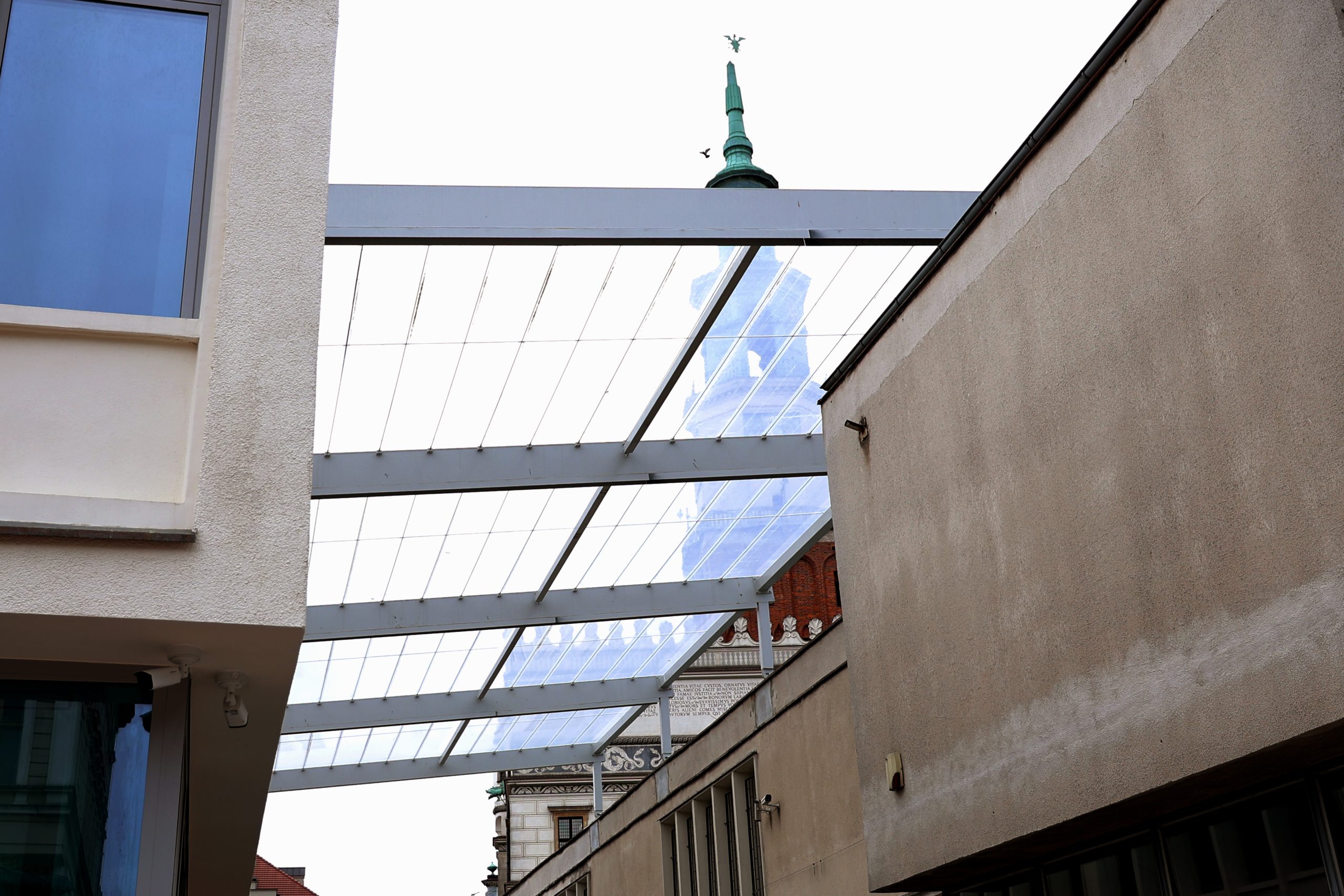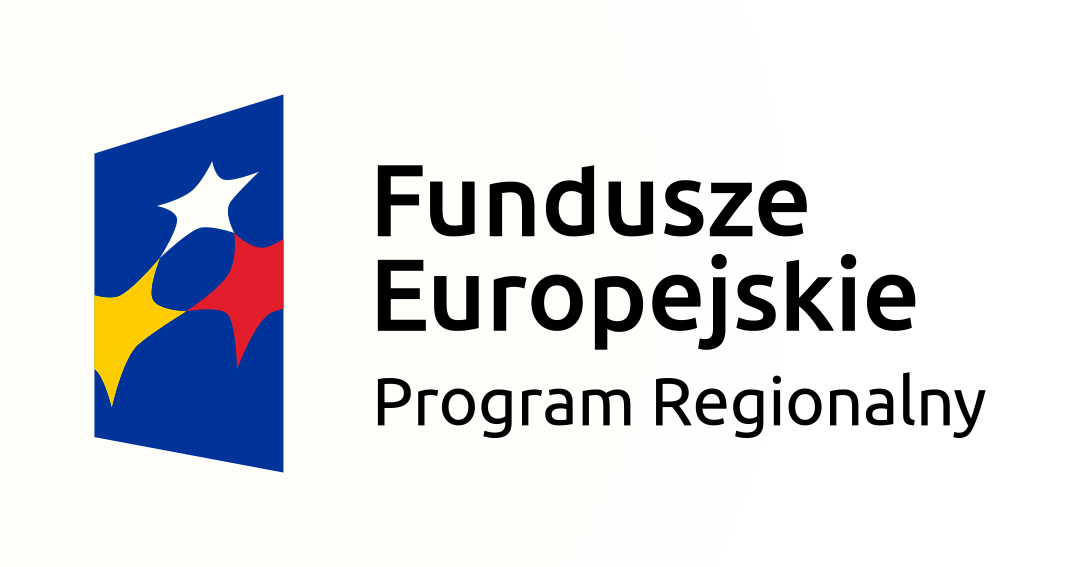
ETFE vs Glass – A Comparison of Materials for Transparent Structures
Transparent structures, such as roofs and facades, are becoming increasingly popular in modern architecture. The choice of material is crucial for both the aesthetics and functionality of a building. Two of the most commonly used materials are ETFE (ethylene tetrafluoroethylene) and glass. This article examines ETFE vs glass, comparing their properties, advantages, and disadvantages to assist investors and architects in making the best choice.
ETFE – Properties and Advantages
ETFE is a modern material that is increasingly appearing in architectural designs as a lightweight and flexible alternative to glass. It comes in the form of ETFE foil, which is used in roof structures, facades, and other membrane constructions, such as ETFE cushions.
Light Transmission
ETFE features excellent light transmission—it can allow up to 95% of natural light to pass through. Unlike glass, ETFE provides uniform light dispersion, reducing the risk of glare inside the building.
Lightweight
ETFE foil is incredibly lightweight, which is a significant advantage in designing large, expansive roofs and facades. As a result, ETFE structures require less massive supports and foundations, leading to reduced construction costs and lower structural loads.
Strength and Flexibility
ETFE exhibits exceptional flexibility and resistance to stretching, making structures made from this material resistant to wind, hail, and other weather factors. Its strength is sufficient to create expansive surfaces without the risk of damage.
Weather and UV Resistance
ETFE foil is exceptionally resistant to UV radiation, allowing for the material’s longevity without degradation. Additionally, ETFE does not yellow and retains its properties for many years, even in harsh weather conditions.
Thermal Insulation
Although ETFE has lower insulating properties than glass, when combined with ETFE cushion technology, better thermal insulation can be achieved. Layers of air-filled ETFE foil effectively retain heat, contributing to energy savings in buildings.
Durability and Maintenance
ETFE is an almost self-cleaning material—its smooth surface allows rain to wash away any dirt. Consequently, ETFE structures require significantly less maintenance than their glass counterparts.
Glass – Properties and Advantages
Glass has been used in construction for centuries, and its transparency and aesthetics make it a still popular material. Modern technologies allow for the use of tempered and laminated glass, significantly increasing its strength.
Light Transmission
Glass, especially in the form of a glass roof or facade, offers excellent clarity, providing natural light in interior spaces. However, it’s worth noting that it can cause glaring reflections, which can be problematic in certain designs.
Strength
Modern types of glass, such as tempered glass, have high impact resistance and are difficult to mechanically damage. This is crucial in areas with high traffic, where glass must meet specific safety standards.
Scratch Resistance
Glass is a material that is practically scratch-resistant under normal operating conditions, making it an excellent choice for building facades where aesthetics are key.
Aesthetics
Nothing can match glass constructions in terms of aesthetics and elegance. Glass facades are an inseparable element of modern office buildings and prestigious structures.
Acoustic Insulation
Compared to ETFE, glass has significantly better acoustic insulation properties, making it a better choice for buildings located in noisy areas, such as city centers.
ETFE vs Glass – A Comparison
Comparing ETFE vs glass, we can identify several significant differences that determine the application of these materials in various projects.
Light Transmission
Both materials offer high light transmission; however, ETFE has an advantage regarding uniform light dispersion and glare elimination, which reduces the risk of overheating spaces.
Lightweight
In this aspect, ETFE clearly wins. Its lightweight nature translates into lower loads on supporting structures, thereby reducing construction costs, especially for large projects such as stadiums or halls.
Costs and Durability
ETFE is cheaper in terms of both material and installation costs. It is also more durable in harsh weather conditions and requires less maintenance compared to glass.
Conclusion
The comparison of ETFE vs glass shows that the choice between these two materials depends on the specifics of the project. ETFE is a modern, lightweight, and durable material that works well in constructions such as ETFE roofs, ETFE facades, or expansive membrane structures. In contrast, glass offers greater aesthetics and better acoustic insulation, making it preferred in commercial projects where elegance and prestige are important.
If you are looking for innovative solutions and are wondering whether to choose ETFE or glass, contact us. Abastran specializes in the design and construction of ETFE structures, offering modern and functional solutions for demanding investors.
👉 Contact Us and find out how we can assist in realizing your project!

Advertising Tents as an Investment – How to Increase Brand Recognition at Events?


Competition for Innovative Membrane Roofing – Results and Inspirations
This year, we had the pleasure of organizing a competition together with the Faculty of Architecture at the Silesian University of Technology for 6th-semester students to design innovative membrane roofing. The award ceremony, held at the Faculty of Architecture in Gliwice, was the culmination of the young designers’ creative and technical journey.








